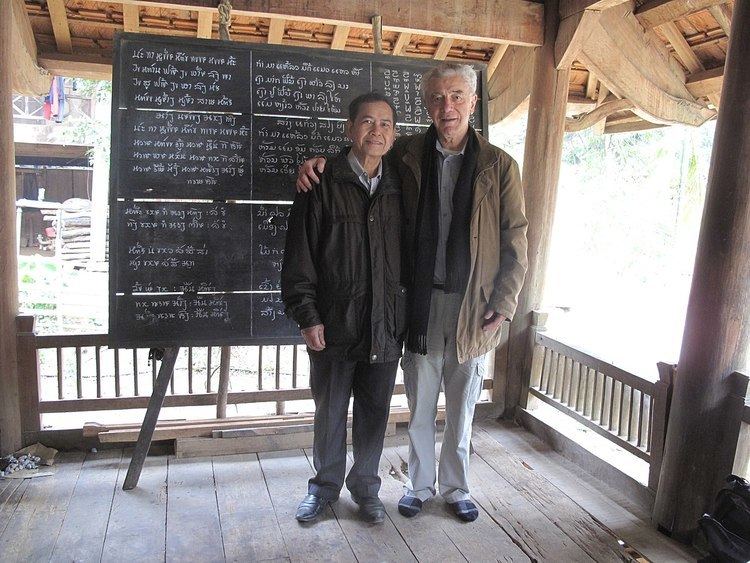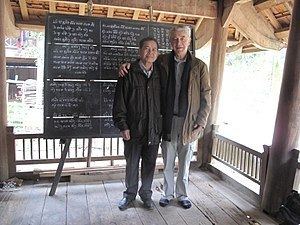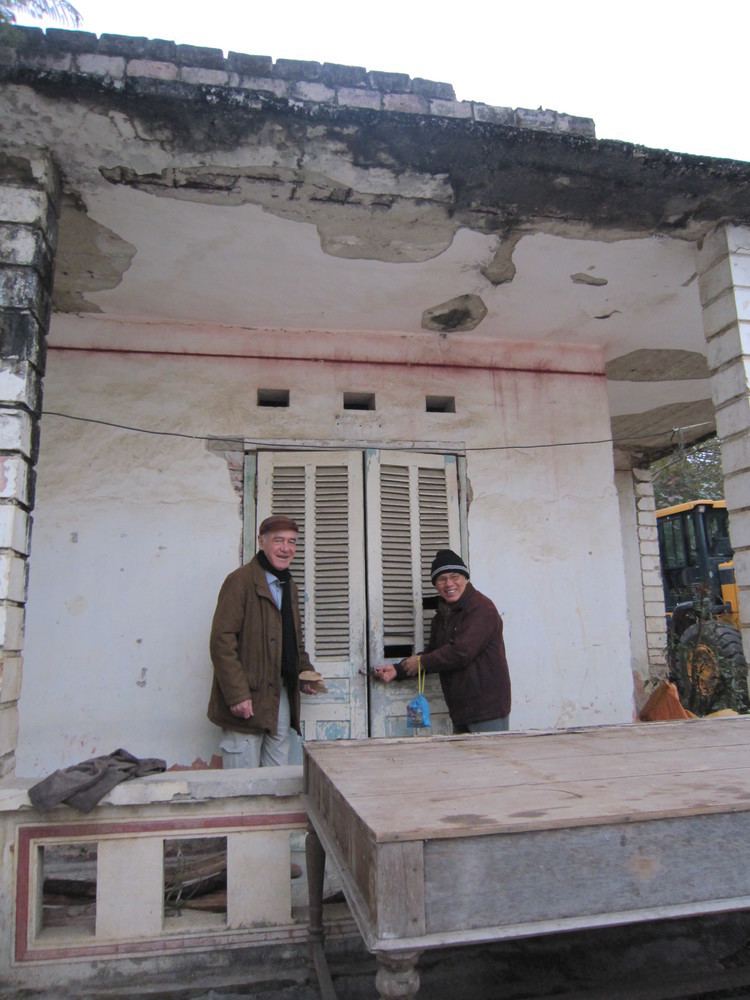Institutions CNRS | Name Michel Ferlus | |
 | ||
Known for Re-discovering the Lai Pao (Lai Paw) writing system, unique to Tuong Duong, Viet Nam; making seminal contributions to the historical phonology of Southeast Asian languages Influences Andre-Georges Haudricourt, Andre Martinet, George Cœdes, Andre Leroi-Gourhan, Roger Bastide Institution Centre national de la recherche scientifique Books Nhaheun-French-English lexicon | ||
Michel Ferlus is a French linguist specialized in the historical phonology of languages of Southeast Asia. In addition to phonological systems, he also studies writing systems, in particular the evolution of Indic scripts in Southeast Asia.
Contents

Biography

Michel Ferlus was born in 1935. He followed classes in ethnology and prehistory taught by André Leroi-Gourhan; in 'primitive religions' by Roger Bastide; in linguistics by André Martinet; and in Southeast Asian languages and history by Georges Cœdès. He worked in Laos as a teacher from 1961 to 1968. This allowed him to do fieldwork on languages of Laos, including Hmong and Yao (Hmong-Mien family), Khmu/Khamou and Lamet (Austroasiatic/Mon-Khmer), as well as Phu Noi/Phou-Noy (Sino-Tibetan). He became a researcher at Centre National de la Recherche Scientifique in 1968. He mainly did fieldwork in Thailand and Burma (Myanmar) in the 1980s, studying Wa, Lawa, Palaung, Mon and Nyah Kur; in Vietnam and Laos in the 1990s, studying Viet-Muong (also known as Vietic) languages, and the Tai languages and writing systems of northern and central areas of Vietnam, including the Lai Pao writing system of Vietnam, which was close to falling into oblivion. He has published extensively about his findings on numerous languages of Laos, Thailand, Burma/Myanmar, and Vietnam, in journals such as Mon-Khmer Studies, Cahiers de Linguistique - Asie Orientale and Diachronica.
Main findings
Michel Ferlus's main discoveries relate to the effects of monosyllabicization on the phonological structure of Southeast Asian languages. Tonogenesis (the development of lexical tones), registrogenesis (the development of lexically contrastive phonation-type registers), the evolution of vowel systems all partake in a general (panchronic) model of evolution. Phenomena such as the spirantization of medial obstruents, which resulted in a major historical change in the sound inventory of Vietnamese, are also part of the broad set of changes—originating in monosyllabicization—that swept through East/Southeast Asia.
